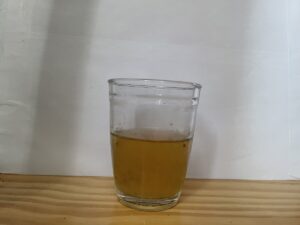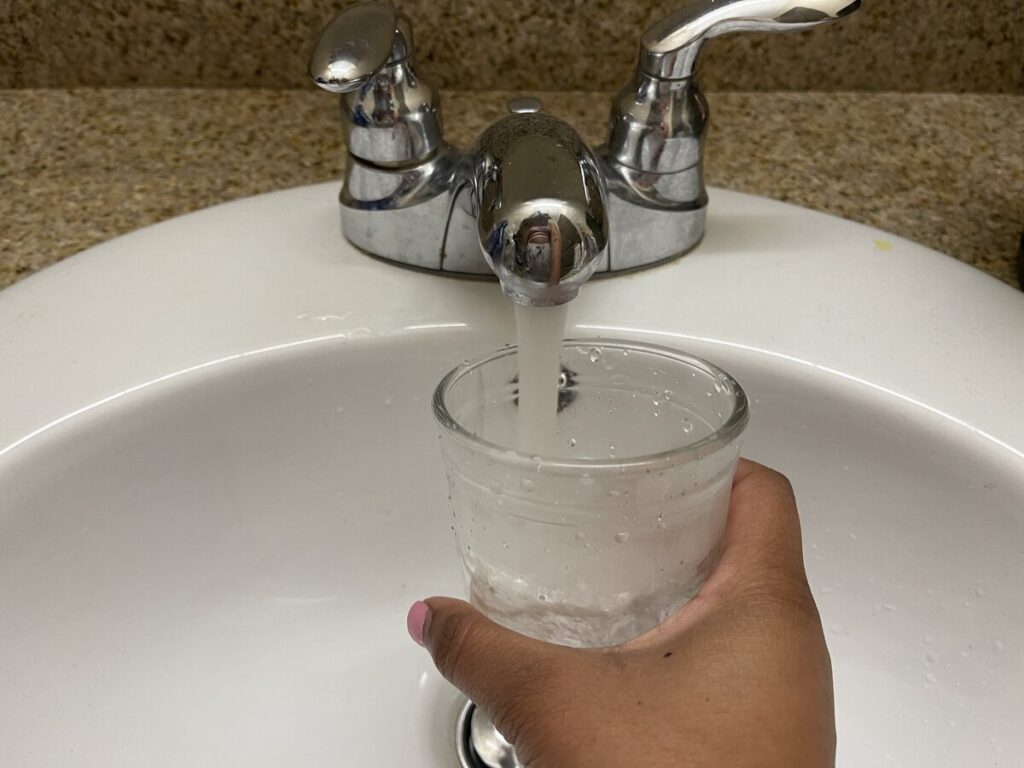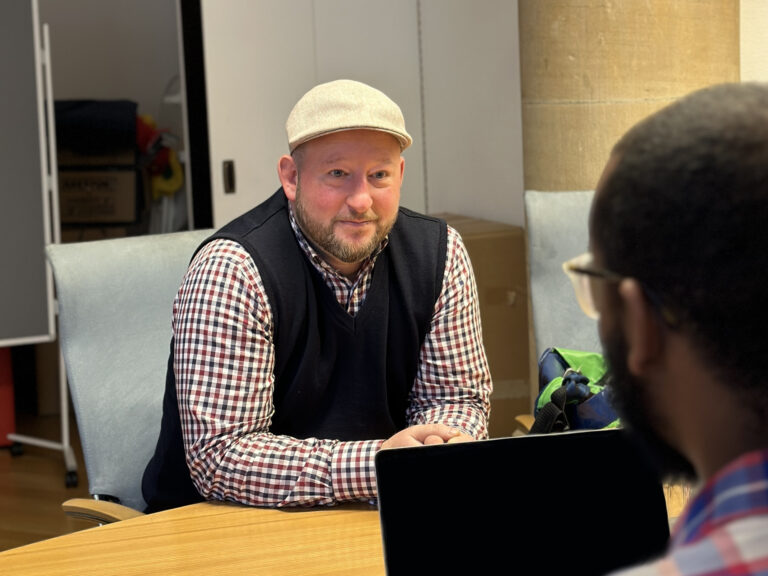Everyone needs access to safe water!
Access to safe water is necessary for survival and is considered a human right by the United Nations. However, much of the world’s population lacks access to potable water. According to the NGO Water.org, one out of nine people do not have access to safe drinking water at home. The issue of water access affects all nations, developed and developing. Specifically, this issue harms communities in poverty the most.
Poor and marginalized communities being denied clean water categorizes this as an environmental justice issue where unequal access and distribution of water exacerbates social, environmental, and economical inequality. Creating access can be an expensive and complicated process. Therefore, solving the global water crisis will require flexibility and inclusion to meet the needs of many diverse communities.

How can we address unequal water access?
Usually, water is managed according to immediate demand, which can imply that marginalized communities go without it. Integrated water resource management (IWRM) is an approach that calls for water management by river basin. This regional approach aims to achieve economic, social, and environmental sustainability by including all stakeholders in the management process.
IWRM can be implemented by creating a new organization of regulators and stakeholders, or by implementing water management plans into existing organizations. Ideally, all stakeholders, including users, planners, and regulators, will be included in the conversations about the water resources they rely on. IWRM allows water to be managed by viewing it as a limited natural resource that serves as a social and economic good. It is a process that never stops, one that can be continued indefinitely. As such, IWRM allows management practices to constantly adapt to the needs of the stakeholders while maintaining the integrity of the resource.
Case Study: Integrated Water Resource Management in Cameroon, Africa
One instance where IWRM has proven insightful is in a central African Country where water resources are plentiful but needed by many. In Cameroon, population growth and rapid urbanization have caused an increase in the need for water. This increase in demand brings challenges to sustainable water management and distribution. Water in Cameroon is used by a diverse set of stakeholders for things such as hydropower, agriculture, and domestic use. Domestic use includes water used by citizens for drinking, cooking, bathing, and cleaning.
Cameroon’s Ministry of Water and Energy (MINEE) is the main body responsible for implementing and defining water policy. MINEE is taking the lead to include the Ministries of Agriculture, Public Health, and Urban Development in water management discussions. Moreover, MINEE uses the water partnership platform for inclusive participation. Numerous NGOs and public groups are welcome to express their needs and offer solutions. In this instance, IWRM is easy to implement because an organization overseeing the local water resources already exists.
Refining the Process
Although IWRM in Cameroon is still a work in progress, the inclusion of all stakeholders in the water management process helps give insight on how the resource can be fairly distributed to all in need. As the IWRM process here is refined, structured coordination between relevant organizations is needed to ensure no group is left out of the decision-making process.
It is critical that voices representing marginalized communities are heard in IWRM discussions. Marginalized communities are too often excluded and discriminated against due to economic, social, and/or political power imbalances. Failure to include all stakeholders in the process of water resource management could leave those excluded without adequate access to water, furthering the marginalization of certain communities. Programs such as IWRM are a way of flipping this worn-out script.
Conclusion
The diverse uses of Cameroon’s abundant water resources, along with its location in the global south, make
it an ideal case study for IWRM implementation. Cameroon can serve as an example to other communities as MINEE refines the process. Integrated water resource management is a flexible and inclusive way to regulate a river basin as a unit. Ideally, it utilizes input from representatives of all water users. Global adoption of IWRM has the potential to greatly improve access to and sustainable management of critical water resources. In turn, moving us closer to true environmental justice.



